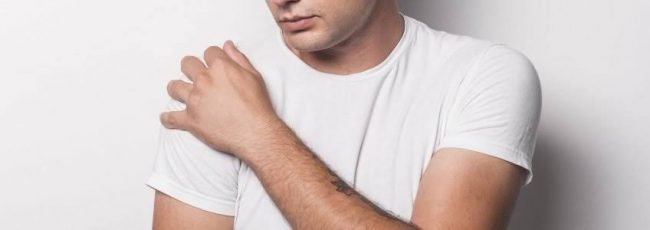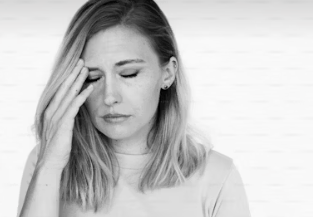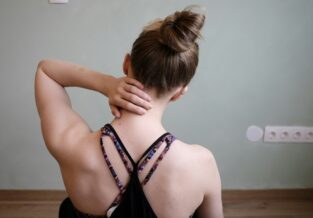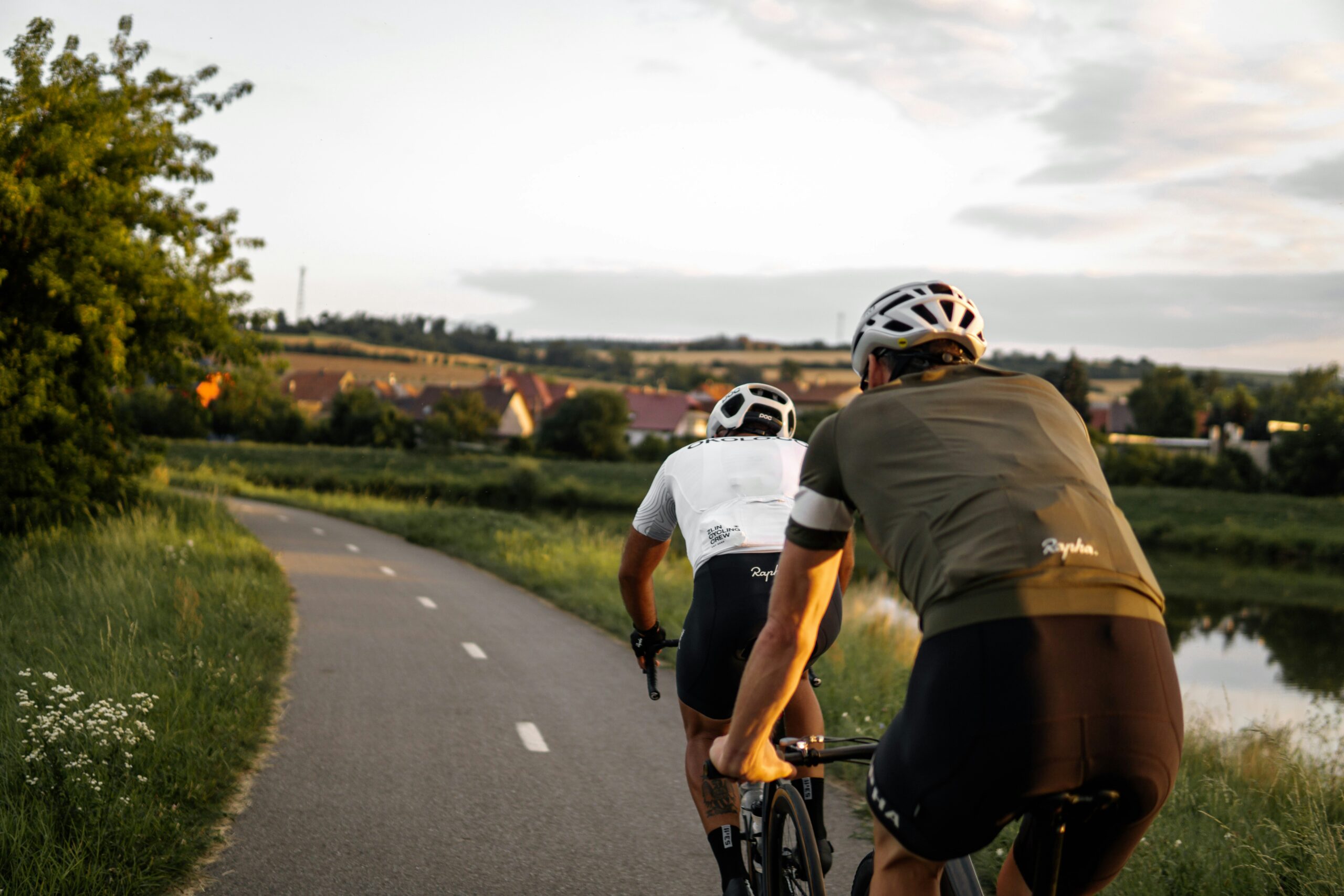Shoulder Dislocation Surgery – The Latarjet Procedure
Published on
25 Oct 2019

Call us on: (03) 9975 4133
With summer on the way a lot of us will look forward to the great outdoors; tennis, beach volleyball, swimming, and playing with our kids. That persistent shoulder dislocation could just be that problem that prevents you from doing what you love.
Physiotherapist Hugh Varley looks into the surgical approaches that are taken to addressing this in many of our patients.
This surgical procedure is used to improve recurrent shoulder dislocations. First described by a French surgeon (hence the name!) in the 1950s, this operation aims to address the bony loss and instability typically associated with more serious dislocations. This operation is popular in rugby and footy athletes, with AFL stars such as Nat Fyfe, Gary Ablett and West Coast ruckman Scott Lycett choosing Latarjet. In recent years it has been favoured in many surgical approaches to help stabilise shoulders that dislocate frequently.
Indications – When to choose a Latarjet?
During anterior dislocation (ball moves forward out of the socket) the humeral head (ball) and glenoid or labrum (socket) can be damaged. These injuries are known as a Hill Sachs and a Bankart lesion respectively. If there is more than 20% bony loss at the front aspect of the glenoid, especially in the presence of a bony defect in the humeral head, then a Latarjet procedure is indicated.
This procedure is particularly relevant for those who dislocate after having the standard soft tissue arthroscopic stabilisation operation, and play sports with higher rates of shoulder dislocation (Rugby and AFL).
Surgeons describe a 3D CT scan as the best form of radiology imaging to visualize the degree of bony damage if suspected after dislocation. Age is an important factor in determining whether a Latarjet is the best surgical option; especially in teenage athletes.
Surgical Technique – What does the operation involve?
With a Latarjet operation, the shoulder joint is generally repaired using an open technique (you will have a proper scar) rather than arthroscopically (keyhole using camera). I have observed this operation with Mr Austin Vo (Arthrohealth). Seeing it first hand was a valuable learning experience and helped me appreciate how technical this surgical procedure is, and the importance of a detailed and structured rehabilitation program post operatively.
During surgery, the surgeon begins by carefully removing the coracoid process, a bony extension of the shoulder blade. After preparing and reshaping this piece of bone (the graft) for an ideal fit, the coracoid and its conjoined tendon are re-attached to its new home. This is the lower front aspect of the socket. The technique improves the shape of the socket, and together with the sling effect of the tendon, reduces the likelihood of the humeral head slipping forwards.
Is Latarjet better than regular stabilisation surgery?
Recurrent dislocation rates have been shown to be lower for Latarjet versus Soft Tissue operations, sometimes half as frequent, based on research investigating re-injury rates at 5 years. Although this early evidence is positive, longer-term research is still being obtained through longer term patient follow ups.
However, the post-op complication rate can be higher for the Latarjet procedure, and patients tend to be stiffer with minor reductions in external rotation (turning outward) freedom of movement due to the surgical technique.
Physiotherapy after the surgery
Post-operative physio rehab is similar to an open soft tissue stabilisation, although the Latarjet technique tends to be stable earlier due to the bone-on-bone healing. After immobilization in a sling, our hands on physiotherapists work alongside our rehabailitation physiotherapists to regain mobility in the shoulder girdle, and ensure there is restoration of normal strength, stability, and functional movement of the shulder. The key goals are to gradually progress mobility and strength. Most athletes successfully return to sport after approximately 6 months, with elite footy players sidelined for 12-14 weeks.
We’re Here to Help!
If you’d like advice and support throughout both pre and post shoulder surgery then contact our friendly team today! Your physiotherapist will assist you in preparing in the best way possible and ensure you are supported in post-surgery rehabilitation.


